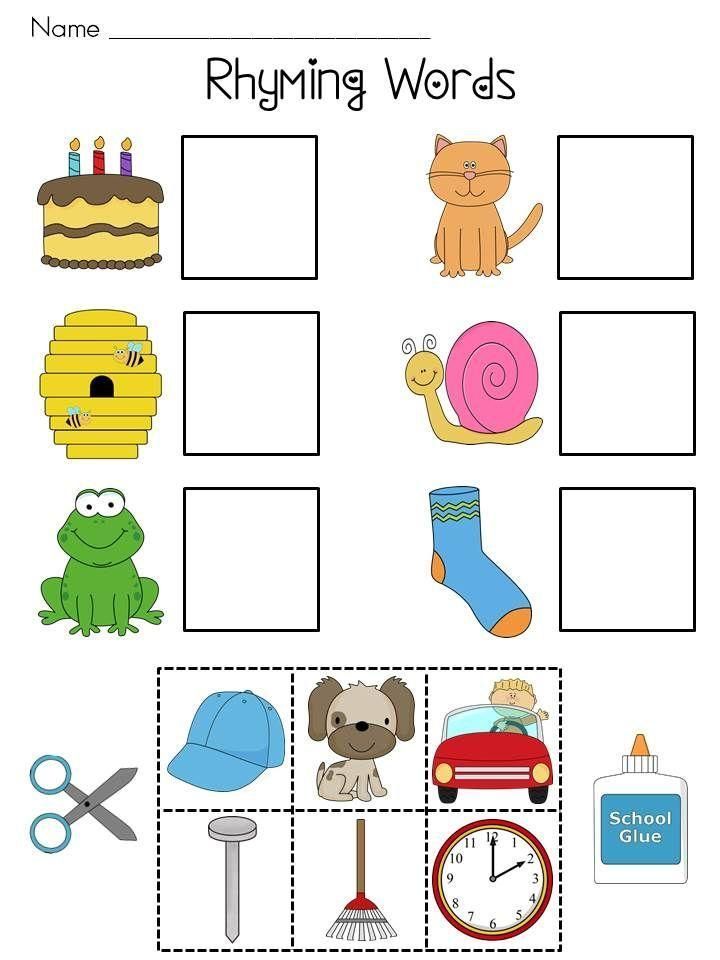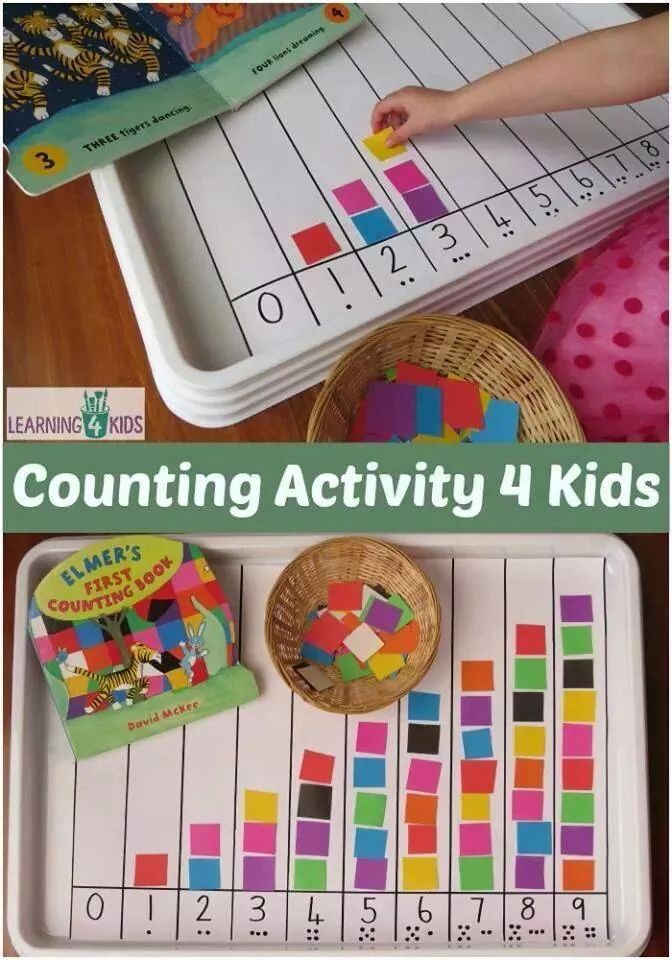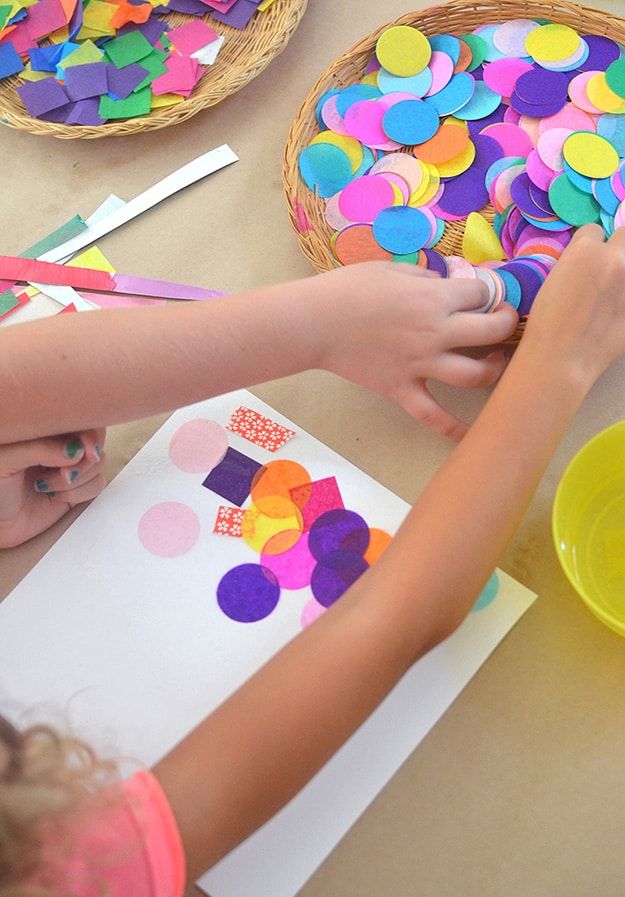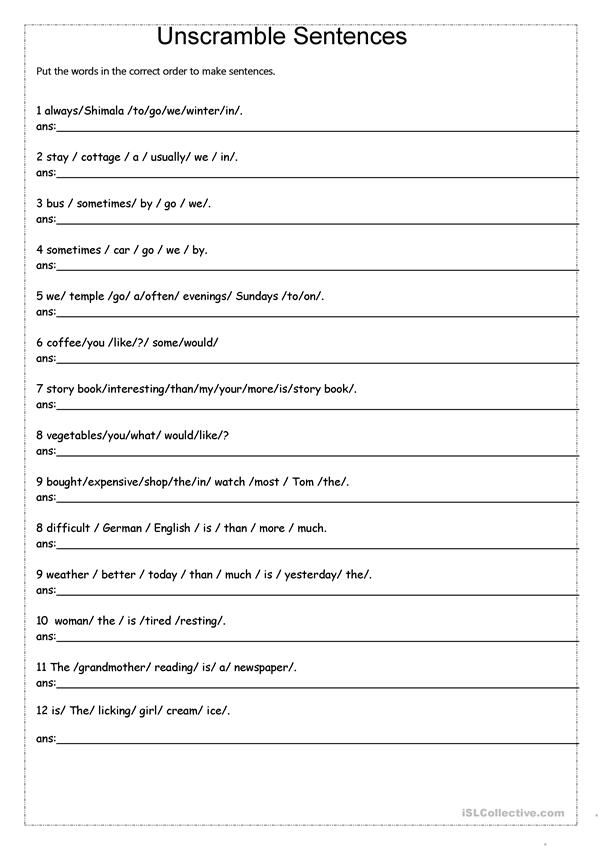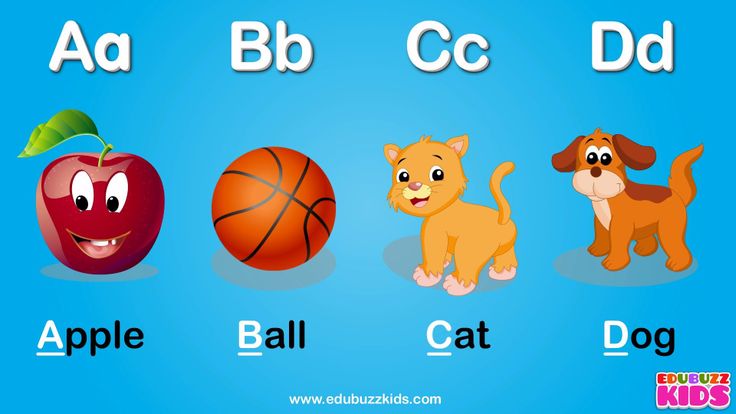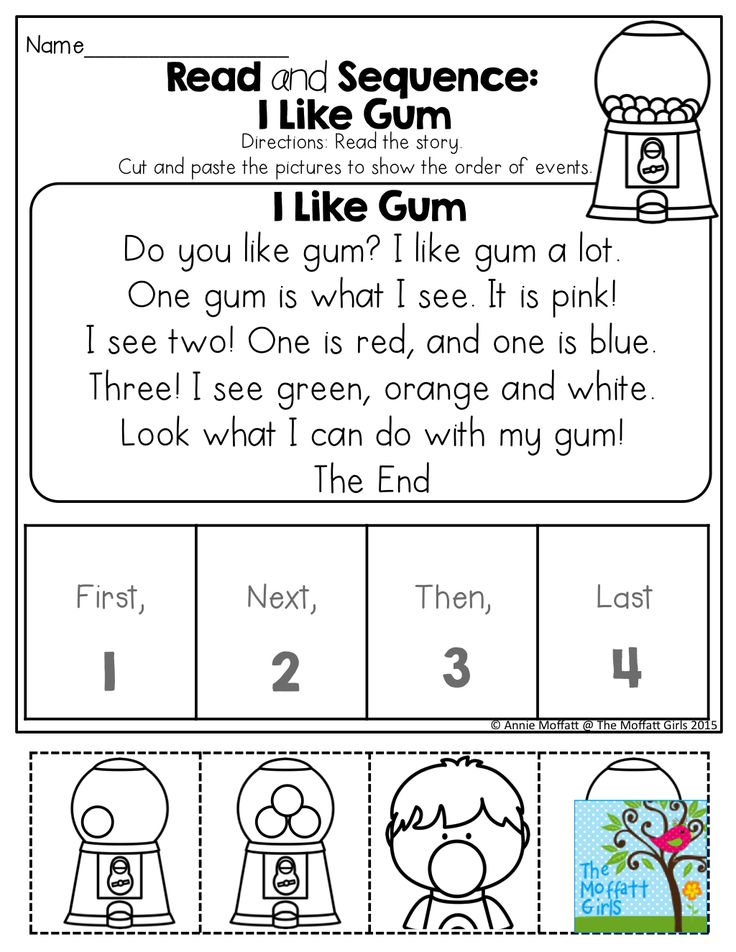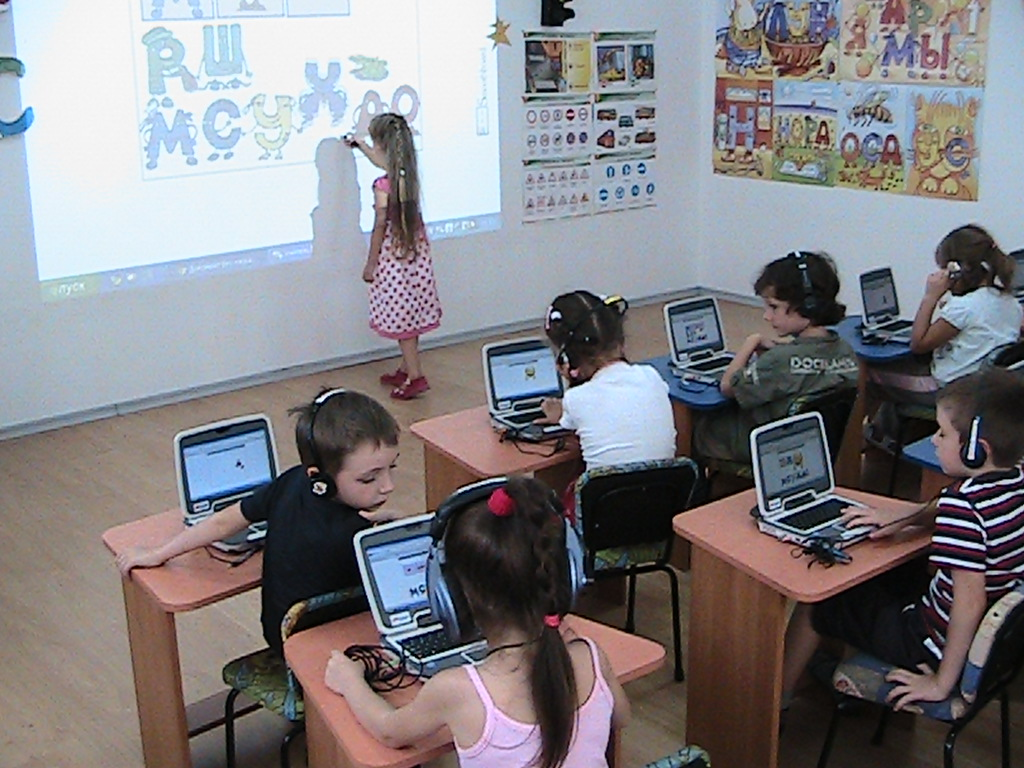Print awareness lesson plans
Print Awareness Activities for Your Pre-K Child
Print awareness (also called "concepts of print") is the understanding that the squiggly lines on a page represent spoken language and that print is organized in a particular way. It is knowing that words consist of letters and that spaces appear between words. Print awareness is a child's earliest introduction to literacy.
Most children become aware of print long before they enter school. They see print all around them, on signs and billboards, in alphabet books and storybooks, and in labels, magazines, and newspapers. The ability to understand how print works does not emerge magically! Adults are "teaching" print awareness when they point out letters, words, and other features of print in a child's environment.
Demonstrate print awareness naturally as you read with your child — she will quickly learn how to hold a book, turn the pages while reading, and recognize that print is read from left to right and top to bottom.
Try these print awareness activities at home
Introducing ... the book!
Very young children need to learn what a book is for, the different parts of a book, how to hold it, the purpose of the print, and why we turn the pages.
Sit beside your child or hold him/her on your lap. Hold the book yourself or ask your child to hold the book so she can learn how to properly handle a book. While holding it closed, point out the front cover, and then turn the book over and point out the back cover. Turn back to the front cover and read the title, moving your finger under each word as you read it. You can also ask your child totalk about the picture on the cover and tell you what they think the story might be about.
Author, author
Point to the name of the author on the front of the book and tell your child that this is the person who thought of the story and wrote the words in the book. Then show your child the name of the illustrator and say that this is the person who created the drawings for the book. Sometime the author is also the illustrator!
Sometime the author is also the illustrator!
Left to right, then turn the page
Tell your child, "I am going to read this page first and then this page over here next." Or "This is the top of the page. This is where I begin reading." Ask your child, "Do we begin reading from the front or the back of the book?" When you turn the page of a book, you can ask your child to show you where to begin reading on a page.
The meaning of print
Point to words when reading with your child to show that print carries a message. For example, "Here are the penguin's words. He says, thank you."
What's a word?
Show your child that books are made up of letters that combine to form words. If your child is ready, point out simple some written words, say them aloud and talk about the match between spoken words and written words. For example, "Let's point to each word as I read it. Ready?"
Follow my finger
When reading aloud, follow the words with your finger from left to right as you read them along with pointing to the pictures and any interesting details.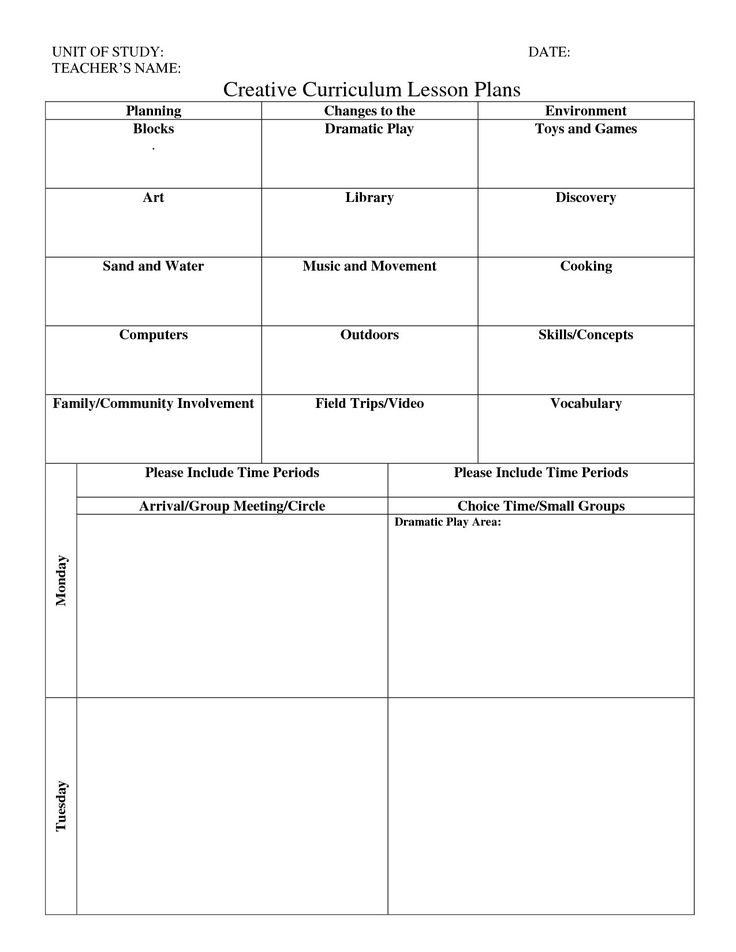 As your emergent reader starts to read, they will learn to do the same thing.
As your emergent reader starts to read, they will learn to do the same thing.
Introducing the alphabet
Point out individual letters in print and show how each letter has an uppercase and and lowercase form. Help your child learn the names of each letter. For example, "This M in the red block is an uppercase letter. See how this uppercase letter is bigger than these lowercase letters?" There are lots of easy to help your child learn the letters of the alphabet, including the following:
- Read alphabet books to your child.
- Make alphabet cookies and say the individual letter names as you start to eat each one!
- If your child eats alphabet-shaped cereal or soup, point out the letters he eats, particularly the letters in the child’s name.
- Make or buy alphabet letters and encourage your child to play with them.
This book is full of letters!
This is a fun kind of alphabet search. Choose any picture book you might have in your home and have your child find each letter in the print.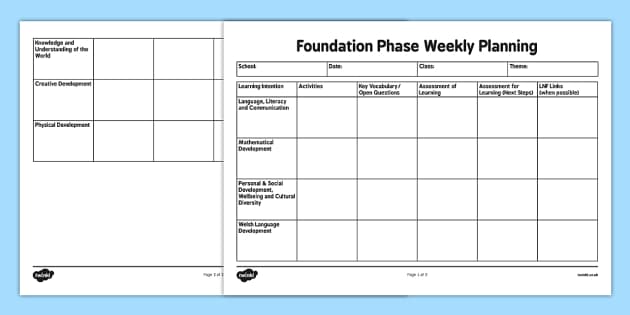 Your child may start by identifying letters randomly; later, your child can find the letters in alphabetical order. Look for lowercase and uppercase letters, too.
Your child may start by identifying letters randomly; later, your child can find the letters in alphabetical order. Look for lowercase and uppercase letters, too.
License plate alphabet
As you take walks with your child, be on the lookout for letters of the alphabet on the cars in your neighborhood. You can start with trying to find the letters in your child's name. Make it even more challenging by trying to find all of the letters from A to Z!
Be a letter and word explorer!
Environmental print is the print of everyday life. This includes familiar symbols, words, and numbers found on signs, billboards, coupons, and stores. They are a natural way for children to learn that print carries meaning. Understanding that the big K means Kmart is a first step toward learning to read.
Cereal boxes are colorful and interesting to look at. Ask your child to find the first letter of his name somewhere on the box. See if he can find other letters from his name too. Cut out familiar words from cereal boxes, labels from soup cans and from yogurt containers.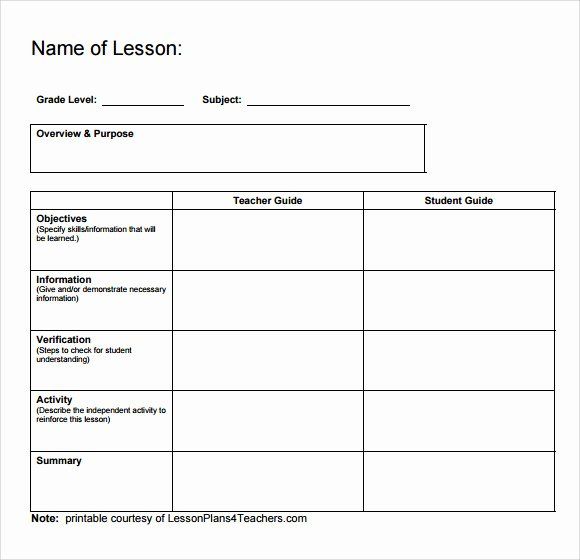 Use these individual words (Cheerios, tomato, Dannon
) to talk about capital and lower case letters. Talk about the sounds of letters ("The letter T says 'tuh'").
Use these individual words (Cheerios, tomato, Dannon
) to talk about capital and lower case letters. Talk about the sounds of letters ("The letter T says 'tuh'").
Becoming aware of print
Mira gets a head start on reading from her parents. Her mother does what reading researchers recommend: she finds opportunities to point out print and how it's used. (From our Launching Young Readers program, The Roots of Reading.)
Everyday moments to teach your child the alphabet
This video is from Home Reading Helper, a resource for parents to elevate children’s reading at home provided by Read Charlotte. Find more video, parent activities, printables, and other resources at Home Reading Helper.
More print awareness resources
How to Develop Print Awareness (FREE Quick Guide)
by Marie Rippel
What Is Print Awareness?
A child who has print awareness understands that print represents words that have meaning and are related to spoken language.
Kids who have print awareness are able to do things like hold a book correctly and understand that books are read from front to back. They also realize that sentences are read from left to right.
Print awareness is one of five critical pre-reading skills. Without print awareness, children are unable to develop other literacy skills such as reading, spelling, and handwriting.
How Print Awareness Develops
Kids who are read to on a regular basis naturally pick up many of the skills by following the examples of the people around them.
A child’s print awareness develops when those close to him point out letters and words in text found in the child’s environment.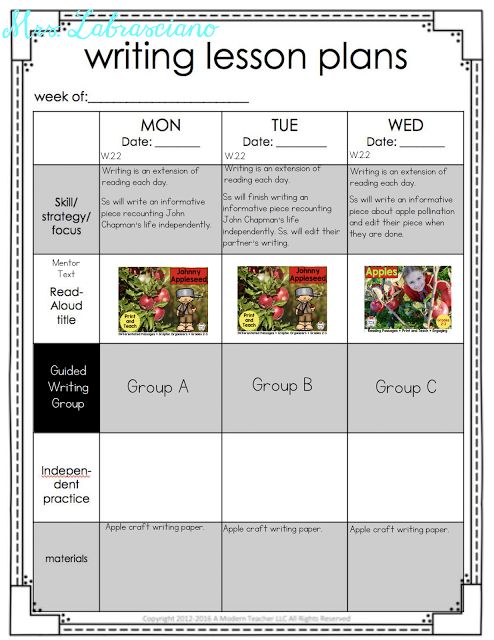 It also develops through playing word games, when you turn the pages of a book, and when you run your finger under a line of text as you read.
It also develops through playing word games, when you turn the pages of a book, and when you run your finger under a line of text as you read.
Quick Check for Print Awareness
Here are five signs that indicate that your child has print awareness.
Your child knows how to hold a book correctly. If you hand your child a book upside down, he will turn it right side up before looking through it.
Your child understands that books are read from front to back and from left to right and knows how to turn the pages in the correct direction.
Your child pretends to write by scribbling or writing marks on paper. He understands that the “words” he is writing communicate meaning.
Your child points to text and asks what it says. He has become curious about the meaning of the printed text he sees all around him.
Your child picks up a familiar book and “reads” it aloud. He understands that the printed words are connected to the story.
5 Fun Ways to Develop Print Awareness
The best way to develop print awareness is through a variety of print-rich experiences.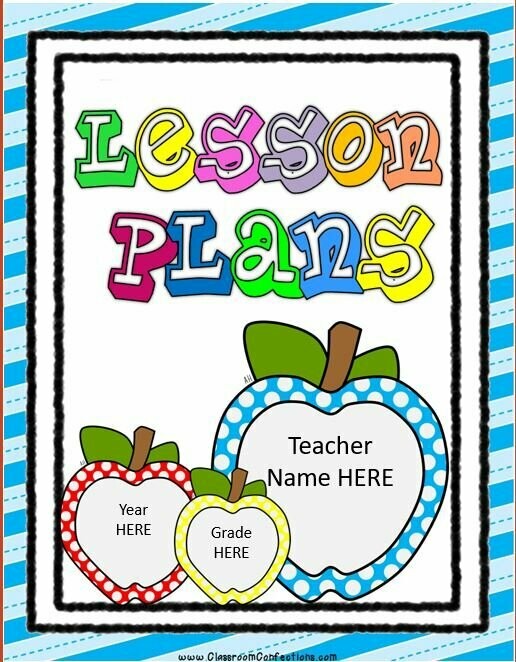 Here are five engaging activities to enjoy with your child.
Here are five engaging activities to enjoy with your child.
Teach the Alphabet
Teach your child to recognize the letters of the alphabet through the activities in this blog post. You’ll find ABC Playdough Mats, ABC Bracelets, Tactile Letter Cards, and more.
Tell a Story
Have your child tell you a story. If your child needs a prompt, wordless picture books are great for this! Write it down on paper for her to illustrate.
Make a Sign
Help your child create signs for the doors in the house, such as “Welcome to Lexi’s room,” “Bathroom,” “Mom and Dad’s Room,” or “The Kitchen Is Open.”
Read the Mail
When the mail is delivered each day, have your child help you sort it according to which family member’s name is on the label. If interesting cards, ads, or magazines arrive, read parts of them aloud.
Read Aloud
Read lots of picture books aloud to your child. Read reviews of fantastic picture books to share together, or download our extensive list.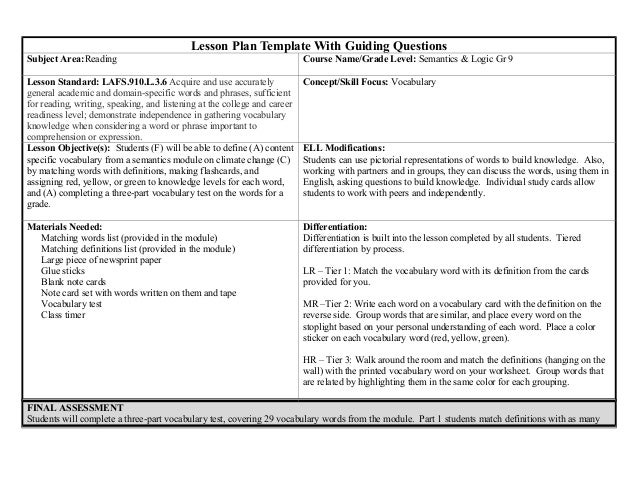 As you read to your child:
As you read to your child:
- Mention the parts of a book as you read. “Look at this cover! This book must be about elephants!” “The End…that’s the last page of the book.”
- Have your child help you turn the pages.
- Model that we read from left to right by occasionally running your finger under the text as you read.
- Ask your child to point to the first word on the page.
- Occasionally point out periods and exclamation points.
Print Awareness Is One of the Big Five Skills
Print awareness is one of the five critical skills for reading readiness that we call the “Big Five Skills.” The other four skills are:
- Letter knowledge
- Phonological awareness
- Listening comprehension
- Motivation to read
If you’re ready to tackle the rest of the Big Five Skills, be sure to check out the All About Reading Pre-reading program. Your student will enjoy special games, crafts, and story time read-alouds, and you will love the way your student effortlessly learns essential pre-reading skills.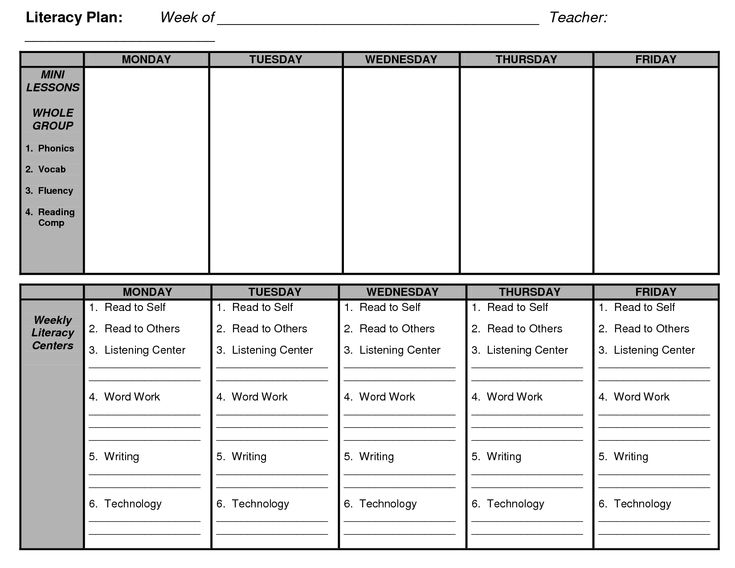
Do you have any questions about print awareness? Post in the comments below!
PLAN-SUMMARY of the Unified All-Russian Lesson "Safety on the Internet "Children on the Internet" | Class hour:
PLAN-SUMMARY
Unified All-Russian lesson
"Security on the Internet "Children on the Internet"
Target audience: students of 1-2 courses safe behavior in the modern information and telecommunications environment.
Tasks:
- studying the awareness of users about safe work on the Internet;
- familiarization with the rules of safe work on the Internet;
- navigate the information space; promote
the responsible use of online technologies;
- formation of information culture of students, skills
independently find the necessary information using web-resources;
education of discipline when working in the network.
Expected results:
- building a culture of responsible, ethical and safe use of the Internet;
- raising students' awareness of the positive content of the Internet, useful features of the global network for education, development, communication;
- raising students' awareness of security issues when children use the Internet, potential risks when using the Internet, ways to protect against online threats.
Lesson plan:
- Organizational moment
- The Internet - benefit or harm. How to behave properly on the Internet
- Watching Ruben Kazaryan's film "Children on the Internet"
- Fiz. minute
- Debate - discussion of the film
- Summing up
Lesson progress:
- Organizational moment (2 - 3 minutes)
The teacher and students greet each other. Classroom theme announcement.
- Internet - benefit or harm. How to behave properly on the Internet. (a conversation about the rules of working at a computer and using the Internet). (5-7 min)
Teacher: We live in the era of modern information technologies. Each of us constantly uses computers and mobile phones. And of course, none of you can do without the use of the global Internet. Without this achievement of the human mind, we can no longer imagine life.
Tell me, please, what Internet services do you use?
Student responses: search engines for finding various information, e-mail, online shopping, online payments, social networks.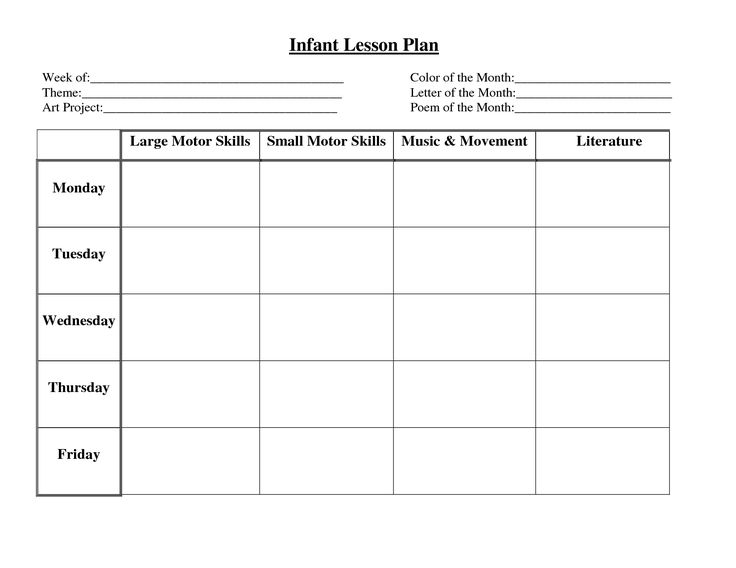
Teacher: The development of the global network has changed our habitual way of life,
Expanded the boundaries of our knowledge and experience. Now it is possible
access to virtually any information stored on millions of
computers around the world. But on the other hand, millions of computers
get access to your computer. What do you think, is the use of the Internet always beneficial to us?
Students answer: Internet services are very useful, but sometimes there are troubles.
Teacher: And what problems can we have when working in the global network?
Students' answers: the computer and the Internet are so addictive that we forget about everything in the world. And this leads to unlearned lessons, unfulfilled assignments. Sitting at a computer for a long time is harmful to health, eyes hurt, the spine is bent, we breathe little air and move little.
When browsing the Internet, there is a great danger of infecting your computer with viruses.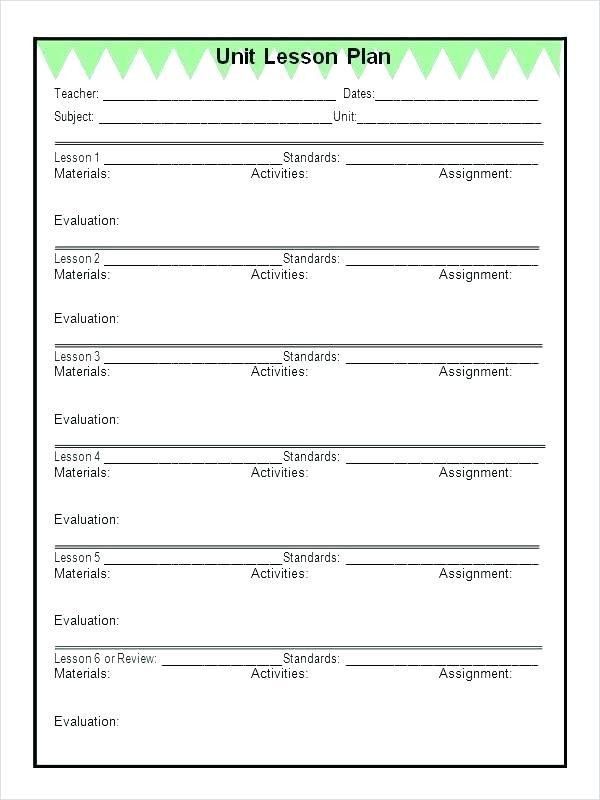
When buying through an online store, or when making online payments, you can become victims of Internet scammers.
Teacher: everything you mentioned is very true. In order to avoid these problems, you must follow the rules of working at the computer and on the network. Working at a computer should not exceed the permissible norms, during breaks it is necessary to change the way of activity, i.e. go for a walk, help parents around the house, play outdoor games. To ensure the safety of your computer from viruses, you must install special software, do not go to unfamiliar and suspicious sites. To make payments for goods and services via the Internet, it is better to have a separate bank card.
Among the Internet services you use, you all named visits to various social networks, and this service is the most in demand. To learn more about the troubles that may lie behind social networks and unethical use of the Internet, I suggest you watch Ruben Kazaryan's film "Children on the Internet".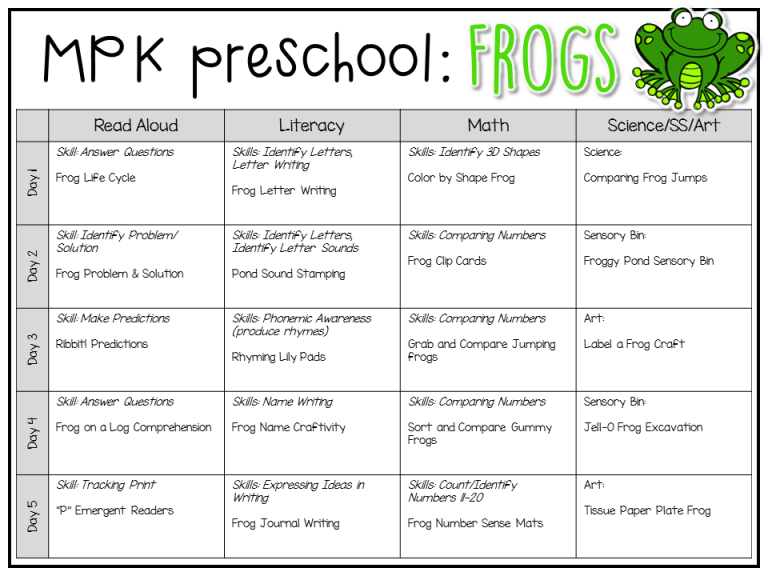
- Watching a movie (20 min)
- Phys. Minute “Collect handshakes” (1 min)
The teacher invites students to shake hands with those sitting next to them, you need to shake as many hands as possible in 1 minute.
- Debate - discussion of the film (10-12 min)
Teacher: we just watched the film, now let's talk about it.
What happened to the main character of the film and why? Has anything similar happened to you or someone you know? How did you act in this situation?
Students, answering the teacher's questions, share their impressions about the film, exchange opinions about the situation. Give examples from personal life. They evaluate the main character, comment on each other's personal facts.
Teacher: You and I did not just shake hands during the physical minute.
- who managed to greet how many people? Has anyone experienced
psychological discomfort? If yes, what caused it?
While communicating on the Internet, we very often add strangers.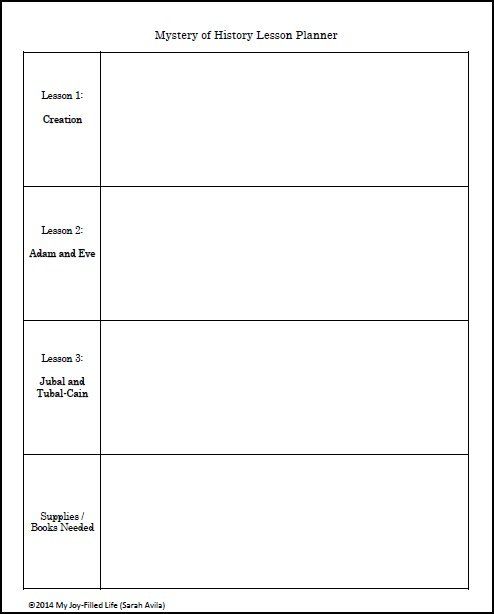 In our social networks and communicate with them. We don't know anything about them, only their Nicky. How much information about a person can we learn from a nickname or a handshake? However, it is very important to know that there are people nearby who are ready to listen, provide support, and help in difficult times.
In our social networks and communicate with them. We don't know anything about them, only their Nicky. How much information about a person can we learn from a nickname or a handshake? However, it is very important to know that there are people nearby who are ready to listen, provide support, and help in difficult times.
- Lesson summary (2-3 min)
The Internet is a new environment for people to interact. In it, many rules and patterns that have been known to people since ancient times acquire a new sound. I will try to formulate some simple recommendations using well-known images.
The modern Internet is not only a vast, but also a customizable habitat! It is good for those who can arrange their own space in it and learn how to manage it. Write your impressions in a blog, create galleries of your photos and videos. Include people you trust as friends. Then, instead of mindlessly wandering around the network, your Internet communication will be beneficial.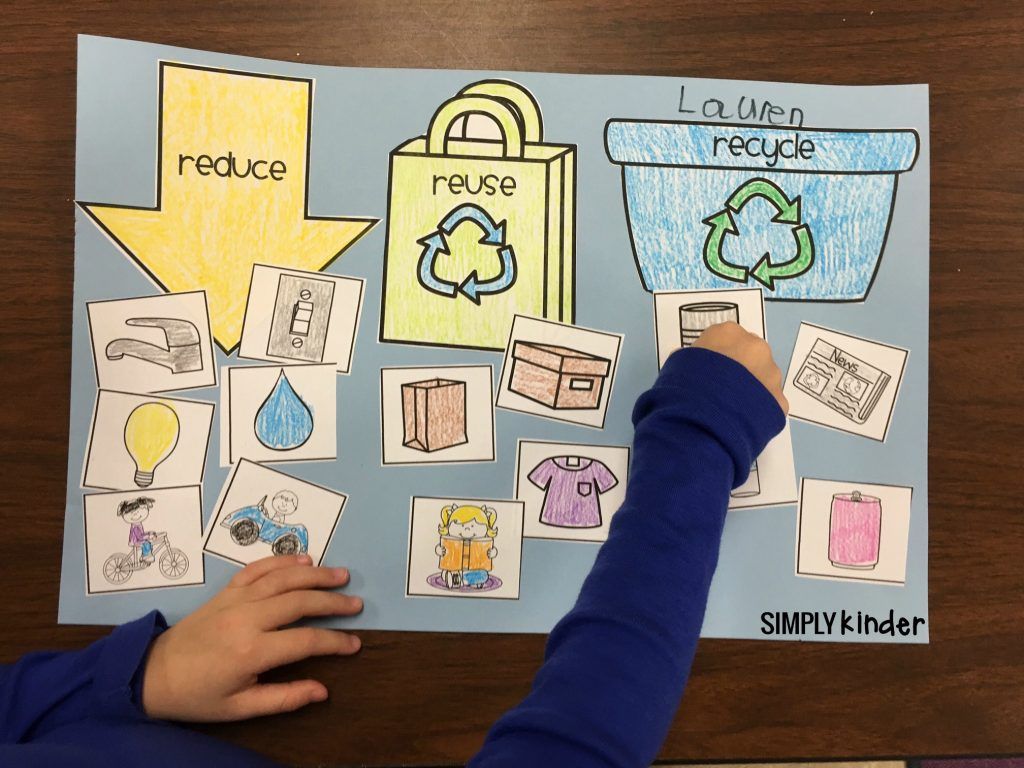
And remember, the Internet can be a wonderful and useful tool for learning, relaxing or connecting with friends. But – just like the real world – the web can be dangerous too!
Summing up the lesson, the teacher evaluates the activity of the students.
Raise awareness and not die - Offtop on vc.ru
Today we'll talk about raising awareness in the field of information security. Although, to be honest, I like the word “avarnes” more: it means the same thing, but it sounds prettier and shorter.
578 views
Business neglects avarnes very often. And very in vain, because the consequences can be sad. A security incident happens, money or data goes down the drain, then (if nothing is done) it goes down the same pipe a second time, a third, a fourth - and then, you see, customers and partners slowly cease to trust the company. Especially if stories about leaks get into the media.
Based on the experience of Infosecurity a Softline company, I will tell you what avarnes is and how to competently build training in your company.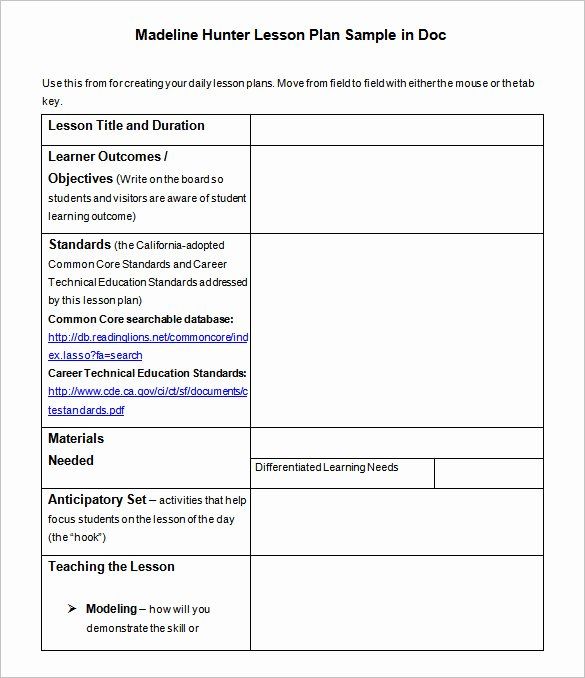
Man - that sounds unsafe
What can you do to keep valuable information with you? First, develop policies for its storage and processing. Second, ensure that employees comply with the requirements described in these policies.
This is where avarnes comes into play. Smartly selected training materials will not only help to tell about something, but with their help, a culture of working with information will be formed in the company. Employees will begin to comply with the information security rules on a reflex level, and you will no longer have to think with fear that one of them will not block the computer screen, lose the token, or forget the report in the printer tray.
Choosing a remote control
According to the experience of Infosecurity, the majority of Russian companies convey information security requirements to their employees in the old fashioned way, face-to-face. Reading regulations when hiring, briefings every six months - and the plan, one might say, was completed.
Alas, this approach no longer works. All over the world, face-to-face corporate training is giving way to distance learning. There are several reasons. The most pleasant thing for business is cost reduction: electronic materials are developed and purchased once, and used as many times as necessary for any number of employees, in any region of the country. E-learning is much more convenient for the employees themselves. They can view interactive courses, videos and browser games on a computer, smartphone or tablet - and for this it is not at all necessary to go to the office of the training center or take a break from work together at 12.00 (or, say, at 14.30).
Distance learning also has such an advantage: everyone has long known what to expect from full-time education. And e-learning every year throws up new methods and technologies - online simulators, business process simulators, VR cases, multiplayer games. Surprising, in general.
Infosecurity a Softline Company
Starting with the target audience
So, you have decided to take the avarnes.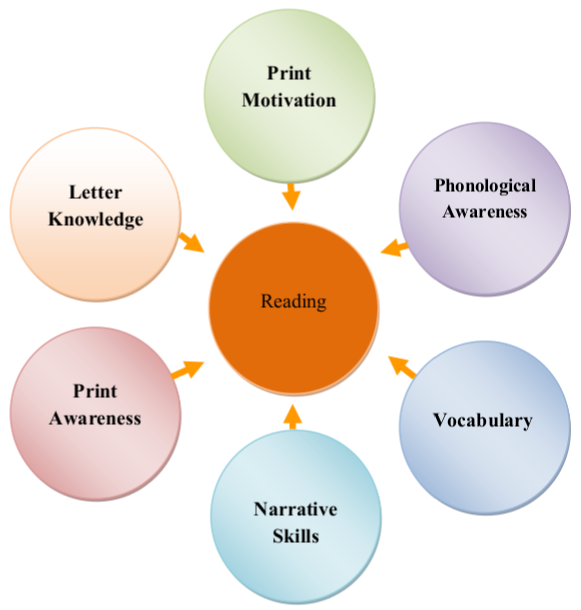 First, mentally divide employees into groups and determine which topics they need the most. Top managers are unlikely to be interested in studying software vulnerabilities, but for developers, this is it.
First, mentally divide employees into groups and determine which topics they need the most. Top managers are unlikely to be interested in studying software vulnerabilities, but for developers, this is it.
Did you understand the topics? Great: move on to learning material formats. They also need to be personalized. For example, front office employees don't have much free time and often don't have a personal work computer. This means that short videos and bright posters are suitable for them - they can be shown and hung both in work areas and in places of rest. But on the residents of the back-office it is worth moving heavy artillery - electronic courses with mailing lists.
Another practice that the Infosecurity team recommends to its customers is to check what employees already know before conducting training. Let's say, conduct a small test and send emails that imitate phishing (that is, malicious). Based on the results, you collect statistics - and voila, you understand which topics you need to focus on.
Stay on trend
One of the distance learning trends has already appeared here - personalization, development of materials for the target audience. This is not only a selection of different formats, but also variability within one of them. For example, in an electronic course, you can follow different trajectories, choose topics and the complexity of practical tasks, repeat sections and lessons. If an employee understands that he is free (not like a bird in the sky, but slightly), he worries less during training, which means he absorbs information better.
The next e-learning trend is gamification. Game elements - characters, animation, plots, achievements - have long migrated to the same electronic courses. The main thing here is not to play too much, to combine business with pleasure in the right proportion.
Gamification is followed by microlearning. The theory is packed into small blocks, each block is fixed by practice. For example, after five or six course slides, the employee answers a test question or performs a simple exercise.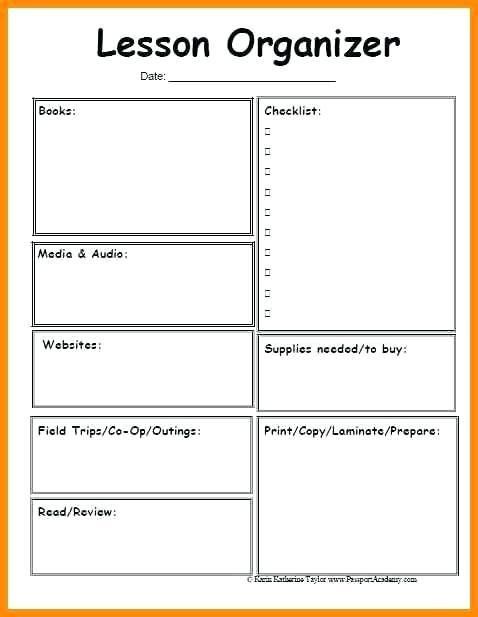 For videos, the trend is especially relevant: it is better to make them no longer than two minutes. Although it’s not worth splitting up the training to infinity - both the logic of the narrative and the interest of the audience will be lost in this way.
For videos, the trend is especially relevant: it is better to make them no longer than two minutes. Although it’s not worth splitting up the training to infinity - both the logic of the narrative and the interest of the audience will be lost in this way.
Infosecurity a Softline Company
Testing knowledge
Usually, knowledge checks are tests and exercises embedded in electronic courses, and if you need to work out a sequence of actions, simulators and business simulators. In any case, they work when you can track how employees pass them. This means that it is highly desirable for you to acquire a distance learning system (LMS) and upload materials already into it. The market offers enough options - we select the right one and enjoy.
I mentioned here about mailing lists imitating malicious emails. Practice phishing is also good for periodic knowledge testing. Letters are sent to different employees, according to different scenarios and in different templates - and go in close conjunction with the main training.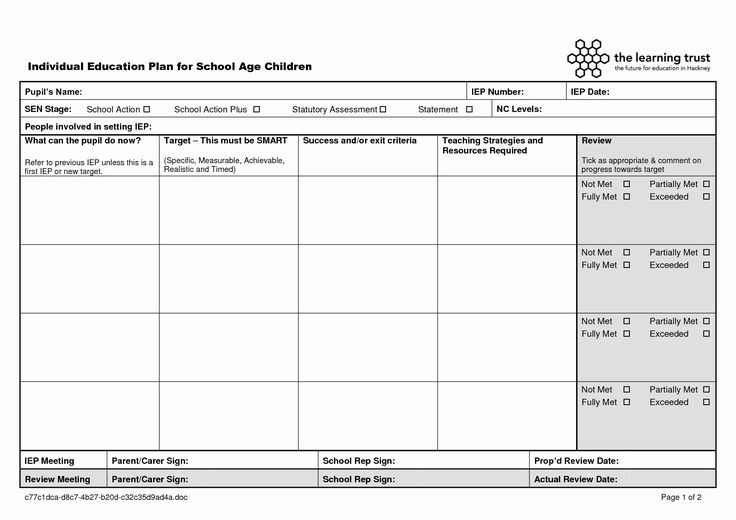 For example, if our victim succumbed to a provocation and opened an email, he can be sent a second time to study a course on social engineering. By the way, some LMS include a training phishing module - also a reason to think about acquiring such a system.
For example, if our victim succumbed to a provocation and opened an email, he can be sent a second time to study a course on social engineering. By the way, some LMS include a training phishing module - also a reason to think about acquiring such a system.
Do not forget about reality
It is doubly pleasant to study when you can compare your results with the results of colleagues, and even better - transfer them to real life. The first will help the creation of ratings, with visualization and leaders. In a couple of LMS there is such an opportunity, and if not, the rating can be posted on the corporate portal. The main thing is to update it regularly, otherwise the efficiency of this undertaking will be zero.
As for real life: the Infosecurity team advises remembering gamification with its achievements — medals, cups, stars, and so on. Create a reward system for the best achievements, and motivation will skyrocket. No one is forcing employees to pay money, but to allocate an extra day of vacation or offer discounts on branded products - why not.
We take a seal to help
It is customary to supplement e-learning with printed materials - memos, booklets, posters, stickers. They make learning even more “real”, varied and memorable. Do not be afraid to involve professional designers and illustrators in their design: you should not save on appearance here.
By the way, it is good to launch the memos and booklets into training first. If employees like and remember them, the main materials can be done in the same style.
Summery (finally!)
If you find something uninteresting or incomprehensible - will you study it, and then also observe it? Of course not. Therefore, you will have to really invest in avarnes: create a comprehensive training program, present the material in a simple and accessible language, put it in a playful form and make sure that employees see the result of their efforts. If you do everything according to science, these investments will certainly pay off.